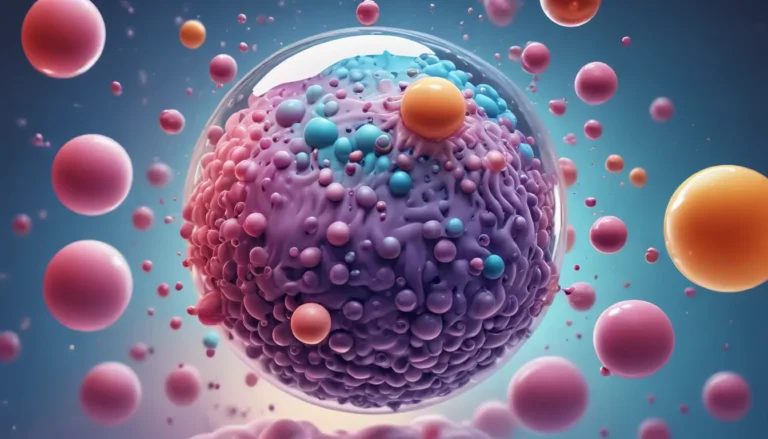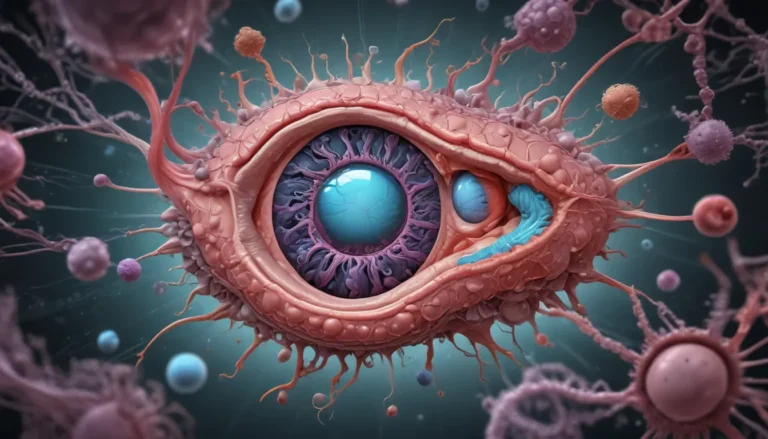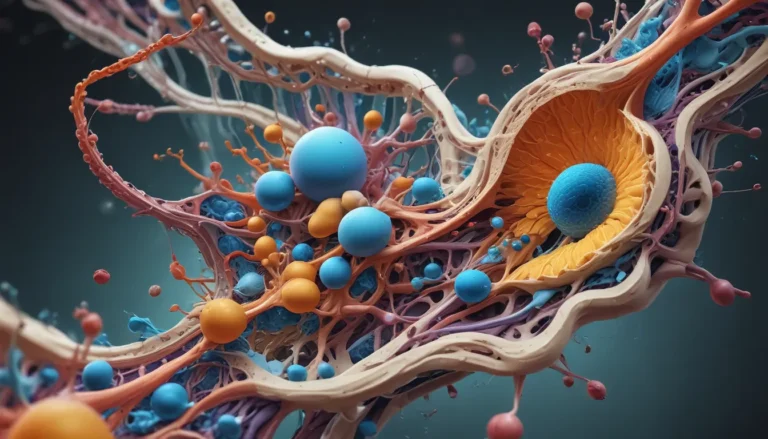A Note About Images: The images used in our articles are for illustration purposes only and may not exactly match the content. They are meant to engage readers, but the text should be relied upon for accurate information.
Proteins are the unsung heroes of our bodies, performing a myriad of functions essential to life. They serve as the foundation of cells, facilitate muscle movement, and act as enzymes and signaling molecules. However, what makes proteins truly remarkable is their intricate structure, which holds the key to their functionality. In this article, we will delve into the fascinating world of protein structure, uncovering 15 astounding facts that showcase the complexity and versatility of these molecules. From the sequence of amino acids to the three-dimensional arrangement of proteins, prepare to be captivated by the wonders of protein structure and its implications in both biology and medicine.
Unraveling the Mysteries of Protein Structure
Proteins are the building blocks of life, intricately involved in the structure, function, and regulation of cells. They are integral to almost every biological process, from DNA replication to muscle contraction. At the core of protein structure lies amino acids, the fundamental units that come together in various sequences to form diverse proteins. The primary structure of a protein dictates the specific sequence of amino acids, which is encoded in our genetic blueprint.
The Symphony of Protein Folding
Protein folding is a complex dance wherein proteins must adopt precise three-dimensional structures to fulfill their roles effectively. From the regular folding patterns of secondary structures like alpha helices and beta sheets to the overall 3D shape of tertiary structures, proteins rely on a delicate balance of interactions between amino acid side chains. Moreover, some proteins go a step further, forming quaternary structures composed of multiple subunits that join forces to create functional protein complexes.
Guardians of Protein Folding: Chaperones
In the intricate process of protein folding, chaperone proteins play a crucial role as faithful guardians. These molecular helpers guide newly synthesized proteins, ensuring they fold correctly and preventing aggregation or misfolding. Without chaperones, proteins risk misfolding, leading to serious diseases like Alzheimer’s and Parkinson’s.
Navigating the World of Protein Structures
Thanks to advances in computational methods, scientists can now predict the 3D structure of a protein based solely on its amino acid sequence. This predictive capability opens up new avenues for drug discovery, as understanding protein structures allows for the design of drugs that target specific proteins and modulate their functions.
The Dynamic Nature of Protein Structure
Proteins are not static entities but rather dynamic molecules capable of undergoing conformational changes to carry out their biological functions effectively. Their ability to switch between different structural conformations enables them to perform specific functions like binding to other molecules or catalyzing chemical reactions.
Illuminating Insights through Structural Biology Techniques
Techniques like X-ray crystallography, nuclear magnetic resonance (NMR), and cryo-electron microscopy (cryo-EM) provide invaluable insights into protein structure at atomic resolution. These methods allow scientists to visualize the intricate details of proteins, shedding light on their functionality and potential interactions.
Unveiling the Potential of Protein Structure in Drug Discovery
Understanding protein structures is not only fascinating but also essential for drug discovery. By decoding the 3D arrangement of proteins, scientists can design drugs that target specific proteins with precision, opening the door to innovative therapeutic interventions.
Protein Structure FAQs
- What is protein structure?
-
Protein structure refers to the three-dimensional arrangement of atoms in a protein molecule, determining its shape and function.
-
How is protein structure determined?
-
Protein structure can be elucidated using techniques like X-ray crystallography, NMR spectroscopy, and cryo-electron microscopy.
-
Why is protein structure important?
- Protein structure is crucial for understanding protein function, enabling proteins to interact with other molecules and carry out essential biological roles.
Discovering the Marvels of Protein Structure
Protein structure is a captivating field that offers a glimpse into the inner workings of life. From the primary sequence of amino acids to the intricate folding patterns of secondary structures, proteins exhibit a remarkable level of complexity and versatility. By unraveling the mysteries of protein structure, scientists can unlock new insights into disease mechanisms, drug discovery, and the fundamental processes that drive life itself.
Our Commitment to Quality Content
At our core, we strive to deliver trustworthy and engaging content that educates and inspires. Each fact shared on our platform is contributed by real users like you, ensuring a wealth of diverse insights and information. Our dedicated editors meticulously review each submission to uphold the highest standards of accuracy and reliability. Trust in our commitment to quality and authenticity as you embark on a journey of exploration and learning with us.






